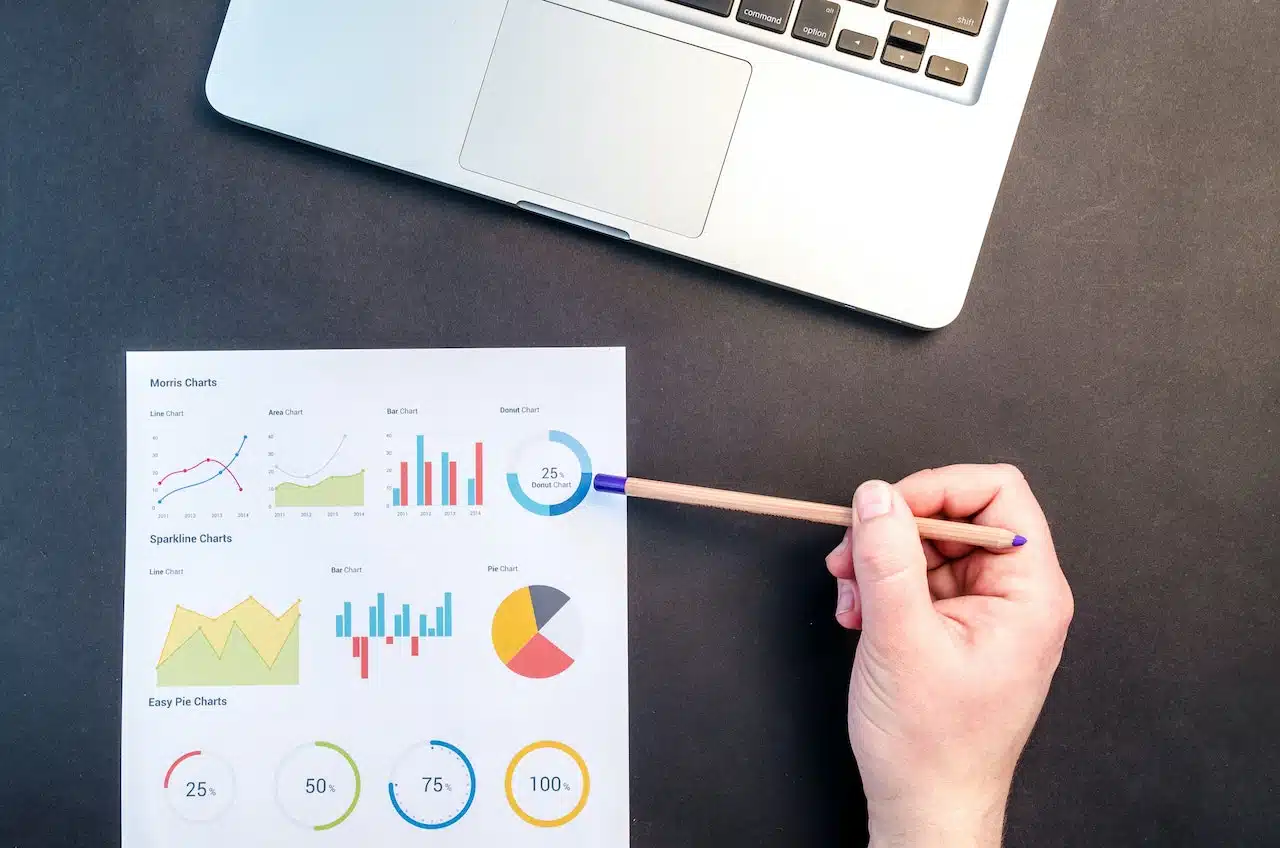The R&D tax credit is a valuable source of alternative financing for US companies of all sizes. However, there is still some confusion over what kind of projects are eligible for the tax credit. Not to mention the numerous myths about who qualifies for the R&D tax credit, like the program is only available to businesses that conduct R&D in research labs.
While research lab work is eligible for the program, R&D tax credit examples also include projects at VC firms and healthtech companies. Companies that use data to develop innovative solutions for their customers can also leverage the tax credit to get a return on their research investment.
Regardless of your industry, as long as the R&D costs you incurred are considered qualifying expenses by the IRS, you’re eligible for the tax credit.
Based in Canada? Read our guide to the SR&ED program.
Examples of R&D Tax Credit Claims
The R&D tax credit is available to companies in different industries, including manufacturing, architecture, and software development.
The following R&D tax credit examples include a VC firm and a healthtech company whose commitment to innovation allowed them to receive government funds and reinvest them into their business. Both companies used BoastClaim R&D to automate the tax claim process and ensure they maximized their claim.
TRAC: Venture Capital
Venture capitalists typically focus on a startup’s product, market size, and management team before making the decision to invest. But personal relationships and gut feelings also play a role, although these are not quantifiable metrics. TRAC is a VC firm that decided on a different approach to finding the best startups to invest in.
The firm has developed proprietary technology that uses data to discover startups with the highest chances of success. TRAC’s model uses various key performance indicators, such as website visitors and follow-on rounds of funding, to analyze startups. Its R&D process involves engineers and data scientists who develop the processes and technologies required to expedite the data flow for TRAC.
“We are using data to find performers with strong fundamentals that have a higher likelihood of success. The data tells a powerful story that strips traditional elements away from the typical venture funding process,” explained Joseph Aaron, TRAC founder.
These activities were eligible for the federal R&D tax credit, and the company successfully claimed funds that it then invested in expanding its prediction technology.
Smirta: Health Technology
Smirta is a healthtech company that helps cancer treatment clinics optimize their operations. Treating cancer patients involves many moving parts, such as nurse assignments and different treatment plans. This makes it a challenge to schedule and manage treatment, all while ensuring a high quality of care.
By using advanced technology to simplify patient scheduling, Smirta has created a solution to this challenge. The company involved different experts in the R&D process, ranging from software engineers to physicians and academic researchers. They leveraged artificial intelligence and data integrations to build technology that improves the quality of care and resource management.
“Cancer patients deserve a better experience, and we know that healthcare professionals and oncologists want to give it to them,” said Bhaskar Anepu, Smirta co-founder. “The trick has been finding ways to remove complexity, time, and hassle from their treatment delivery process, while at the same time making healthcare professionals smarter about how they can treat their patients.”
Smirta’s R&D efforts resulted in the development of sophisticated optimization algorithms for effective patient scheduling. The algorithms take into account the patient’s individual needs and ensure wait times are minimal. Smirta’s solution also allows healthcare professionals to eliminate complex, time-consuming processes from treatment delivery.
By filing for an R&D tax claim, Smirta accessed more funds to support its technology and expedite the development cycle.
What Are Qualifying Expenses for the R&D Tax Credit?
Before you file a claim and experience similar benefits as TRAC and Smirta, you should familiarize yourself with the expenses that are eligible for the R&D tax credit. The IRS defines qualifying expenses as:
- Employee wages
Employee wages that qualify for the tax credit are wages that were paid to employees who performed qualified services. Qualified services are defined as engaging in, directly supporting, or directly supervising qualified research activities.
- Supplies
You can claim the cost of supplies used to perform qualified research. Supplies don’t include land or land improvements or property that is subject to the depreciation allowance.
The IRS also excludes travel, food, telephone, entertainment, and relocation expenses from qualifying for the tax credit.
- Contract research expenses
Contract research expenses equal 65% of the costs related to the performance of qualified research activities by a non-employee. It’s important to note that any prepaid research that will be performed after the end of the tax year is ineligible.
The IRS also has a list of non-qualifying activities, also known as exclusions. Therefore, you can’t claim any of the expenses incurred in relation to these activities:
- Research after commercial production
- Adaptation
- Duplication
- Surveys, studies, or research related to management functions
- Internal-use software
- Foreign research
- Social sciences research
- Funded research
Learn more about qualifying for the R&D tax credit in our ultimate guide, and get helpful examples and documentation tips.
Get the Most Out of Your R&D Tax Claim with Boast
Whether you’re a startup or an established name in your industry, the R&D tax credit is a valuable source of funding that can supercharge your growth. Now that venture capital funding is down and economic uncertainty is taking a toll on numerous industries, there’s no doubt that you’d want to take advantage of every source of financing available.
Boast works with startup, midmarket, and enterprise companies to automate their tax credit claim process and help them get every dollar they’re eligible for without leaving anything on the table.
Our AI-powered software connects to data systems, such as payroll, project management, and accounting. Then it automatically categorizes activities and expenses that are eligible for the tax credit, saving companies an average of 60 hours per year and resulting in 15% bigger claims.
Schedule a call with one of our tax experts to learn more about the Boast platform and whether your projects qualify for the tax credit.





